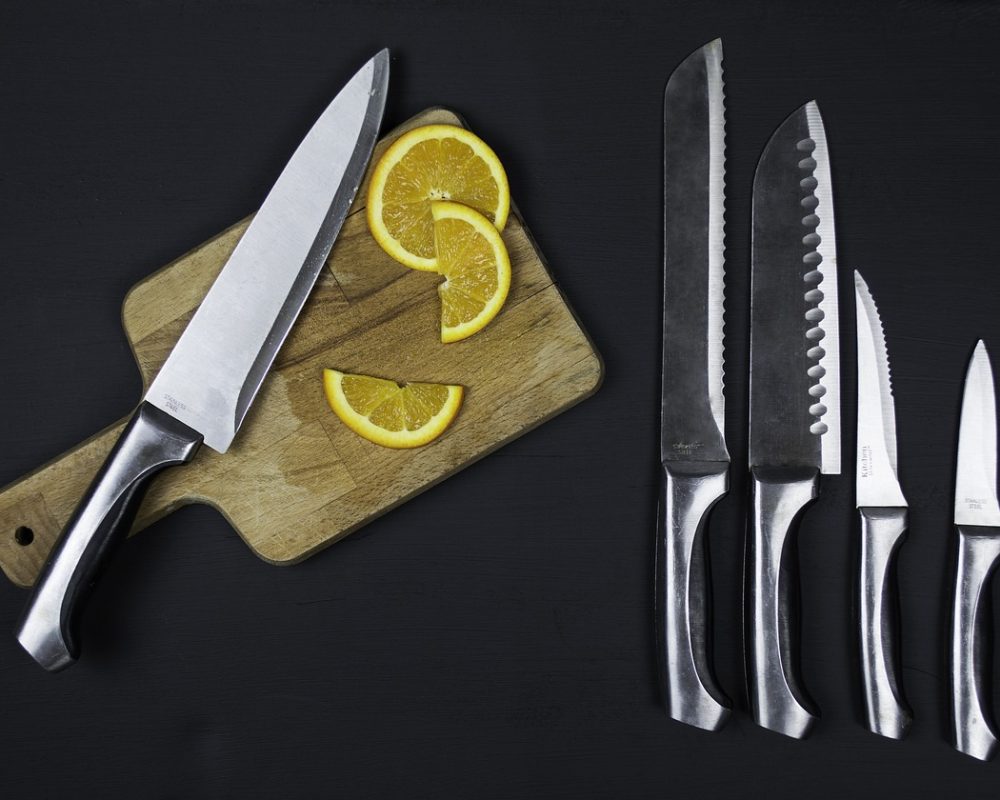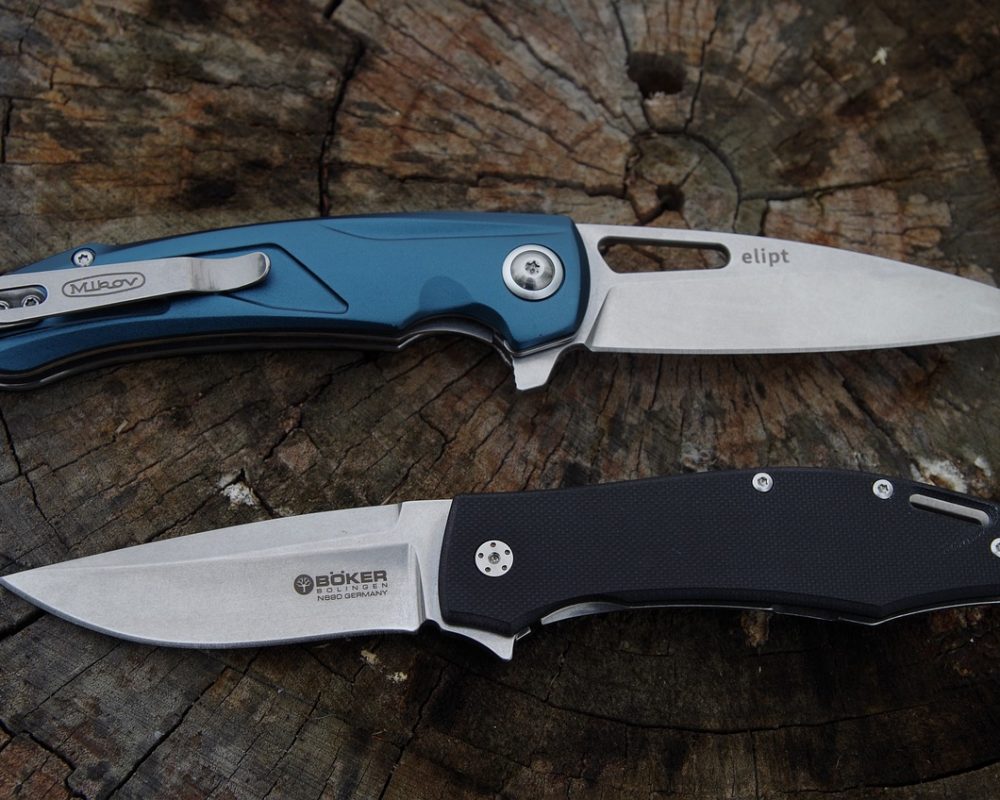The culinary world is filled with an array of tools and gadgets, but few are as essential as a chef’s knife.
The chef’s knife is arguably the most versatile tool in a kitchen. Usually ranging from 8 to 12 inches in length, this knife is designed with a curved blade, allowing a rocking motion for efficient chopping, dicing, and slicing. It’s ideal for handling vegetables, meats, herbs, and even light boning tasks.

The paring knife is a small knife, typically about 3 to 4 inches long, designed for delicate work. It’s great for peeling, trimming, and making intricate cuts. Tasks like deveining shrimp, hulling strawberries, and peeling fruits are made easier with this knife.
A bread knife has a long, serrated blade, generally around 8 to 10 inches. It’s perfect for slicing through bread without crushing it, thanks to the sawing motion it enables. This knife also works well on other foods with a hard exterior and soft interior, like tomatoes or even certain fruits.

Originating from Japan, the Santoku knife is similar to the chef’s knife but with a straighter edge and no tip, making it ideal for precise slicing, dicing, and mincing. Many Santoku knives feature granton edges (scalloped indentations) that prevent food from sticking to the blade.
Skill Level: Intermediate

A fillet knife has a long, thin, flexible blade ideal for filleting fish. Its thin blade allows for precision cuts along the bone and skin.
Skill Level: Intermediate to Advanced
The most important grip is the “pinch grip,” where you hold the blade between your thumb and index finger while wrapping the remaining fingers around the handle. This grip provides more control and reduces hand fatigue.
Keeping your knives sharp is essential for safe, efficient use. Use a honing steel to realign the blade’s edge regularly and invest in professional sharpening as needed.
For beginners, starting with a chef’s knife and a paring knife covers most essential tasks. Intermediate users can add utility and Santoku knives to increase versatility, while advanced chefs might consider boning, cleaver, and fillet knives for specialized tasks.
Each knife has unique strengths that cater to various tasks and skill levels. By understanding the types and uses of different knives and gradually improving your knife skills, you can build a robust set of kitchen tools that enhance your cooking experiences. With the right knife and practice, you can ensure efficiency, precision, and, most importantly, safety in every meal you prepare.
